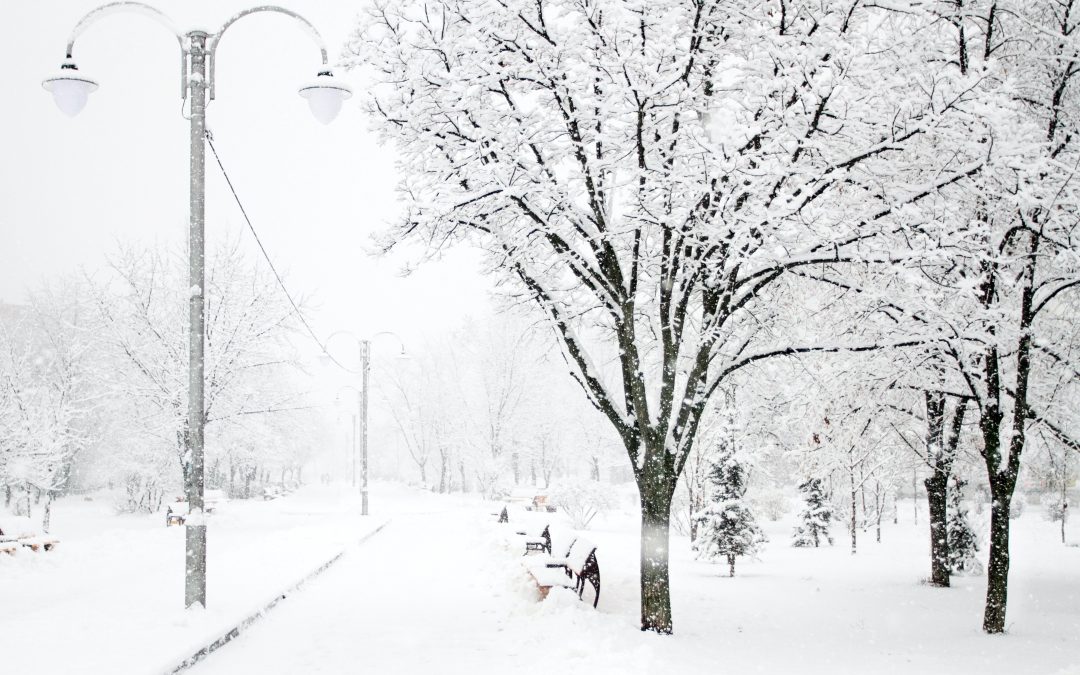Besides your blankie, you’ll need emergency food and water. And a shovel.
When freezing temps seem to seep into the marrow of your bones, know that the same thing is happening to your home. And like you, it needs protection from the elements or the results will be, well, let’s just say not good.
Here’s how to keep your home safe and your bones warm.
Make Sure You Have Emergency Supplies
The Federal Emergency Management Agency recommends having these items on hand, especially if you want to prepare for being at home several days without power:
- Snow shovels — more than one because they can break, and four hands are better than two
- Deicers, preferably the pet-safe type
- Extra fuel such as a supply of dry, seasoned firewood if you have a working fireplace or wood-burning stove with a safe flue or vent, a full propane tank, or a generator
- Clean blankets, pillows, warm clothing, etc., for everyone in the house in case you can’t do laundry for a while
- Food and water that doesn’t require refrigeration
- Transistor radio with new batteries
- Medication and any special items for each household member
- Pet food
- Extra batteries for radios and flashlights
- Soap, hand sanitizer that contains at least 60% alcohol, disinfecting wipes, and general household cleaning supplies to disinfect high-touch surfaces
- Several clean masks to use if your mask becomes wet or damp from snow
- Cell phone with chargers and a backup battery
Some types of deicer that are more environmentally safe include calcium magnesium acetate and sand to improve traction. Stock up early in the season, because they become scarce before a well-publicized storm.
Build an emergency supply kit for your car including a first aid kit, jumper cables, a full tank of gas, a cell phone and charger, a shovel, an ice scraper, a snow brush, sand/cat litter, warm clothing and blanket, water and snacks, tire chains, tow rope, and flares.
Do These 5 Tasks to Winterize Your Home
- Check roof tiles, shutters, siding, and other exterior materials to ensure they’re secure.
- Make sure gutters are clear.
- Seal air leaks around the home to keep it warmer (and save energy costs).
- Insulate all exposed plumbing pipes to prevent burst pipes.
- Trim tree branches away from your roof to prevent roof damage.
High winds, ice, and moisture from winter storms can easily strip off roof tiles and gutters, exposing your home to serious damage. Make sure no roof tiles, gutters, or siding are loose or missing.
And clean your gutters. If you don’t, you risk an ice dam. That occurs when ice melts off the roof during the day and refreezes as it drips into a clogged gutter. The ice dam can force water back under the roofline and cause serious leaks and expensive damage.
While you’re insulating your pipes, take note of where all water shut-off valves are so you can turn off the water supply in case of any leaks.
Overgrown tree branches are a risk to your home, vehicles, and loved ones. But trimming and removal can be dangerous, too, so don’t attempt it on your own. Best to hire a pro.
Now you’re ready for a snow day!

